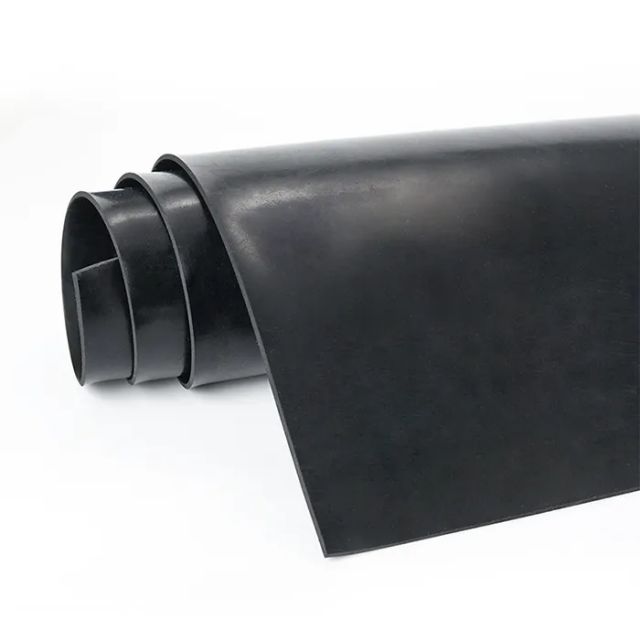Nov . 06, 2024 17:33 Back to list
self adhesive foam sealing strip
Understanding Self-Adhesive Foam Sealing Strips A Comprehensive Guide
In today's world, maintaining energy efficiency in homes and buildings is increasingly essential. One effective solution that has gained popularity among homeowners and builders alike is the self-adhesive foam sealing strip. This versatile product is designed to seal gaps and cracks, significantly enhancing insulation and comfort while reducing energy costs.
What Are Self-Adhesive Foam Sealing Strips?
Self-adhesive foam sealing strips are made from a variety of foam materials, including polyethylene, polyurethane, and neoprene. These strips come with an adhesive backing, allowing for easy application to various surfaces without the need for additional tools or adhesives. They are available in different widths, thicknesses, and densities, making it easy to choose the right type for specific sealing needs.
Applications of Self-Adhesive Foam Sealing Strips
These sealing strips can be used in various applications both indoors and outdoors. Common uses include sealing windows and doors, gaps around pipes, electrical outlets, and even garage doors. By filling these gaps, the foam strips help prevent drafts, moisture intrusion, and noise pollution, contributing to a more comfortable living environment.
For instance, when applied around windows and doors, self-adhesive foam sealing strips create a barrier that helps keep heated or cooled air inside the home, reducing the workload on heating and cooling systems. This not only enhances comfort but also leads to significant energy savings over time.
Benefits of Using Self-Adhesive Foam Sealing Strips
1. Energy Efficiency One of the primary benefits of using foam sealing strips is improved energy efficiency. By reducing air leaks, these strips help maintain a consistent indoor temperature, leading to lower energy bills.
2. Noise Reduction Foams act as effective sound insulators. Installing sealing strips can help minimize noise from the outside, making your home quieter and more peaceful.
3. Moisture Control Sealing gaps with foam strips can help prevent moisture from entering your home. This is particularly important in humid areas where excessive moisture can lead to mold growth and damage to structural elements.
self adhesive foam sealing strip

4. Ease of Installation The self-adhesive feature makes installation a breeze. Homeowners can easily measure, cut, and apply the strips without any special skills or equipment.
5. Cost-Effective Solution Compared to other insulation methods, self-adhesive foam sealing strips are an economical choice. They require a minimal investment yet deliver significant benefits in terms of energy savings and comfort.
How to Apply Self-Adhesive Foam Sealing Strips
Applying self-adhesive foam sealing strips is a straightforward process
1. Clean the Surface Ensure that the area where the strip will be applied is clean and dry. Remove any dust, dirt, or old adhesive residue for optimal adhesion.
2. Measure and Cut Measure the length of the area to be sealed and cut the foam strip to size using scissors or a utility knife.
3. Peel and Stick Peel off the backing paper from the adhesive side and carefully press the strip into place. Make sure it adheres well, and smooth it out to eliminate any air bubbles.
4. Test the Seal After application, check the effectiveness by feeling for drafts or checking for air leaks.
Conclusion
Self-adhesive foam sealing strips offer a practical and efficient solution for improving energy efficiency, reducing noise, and controlling moisture in a variety of applications. Their ease of installation and cost-effectiveness make them a valuable addition to any home maintenance toolkit. For those looking to enhance their living spaces, investing in these sealing strips is certainly a step in the right direction.




